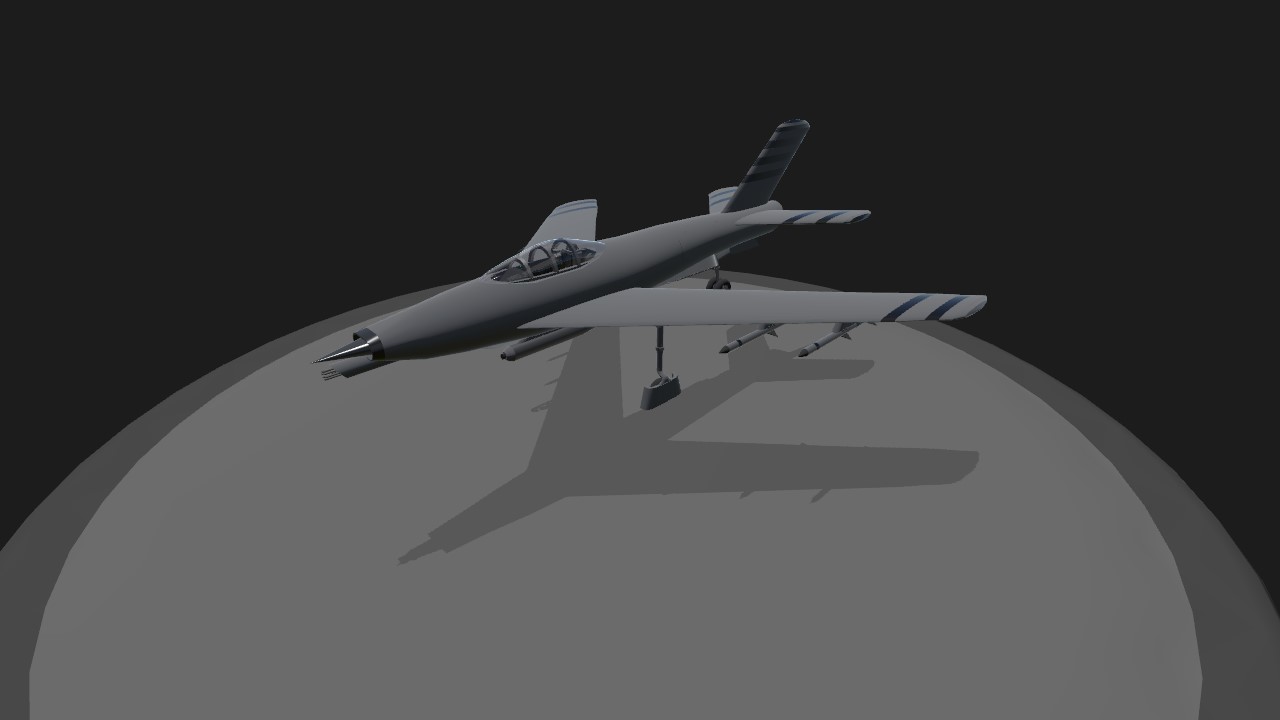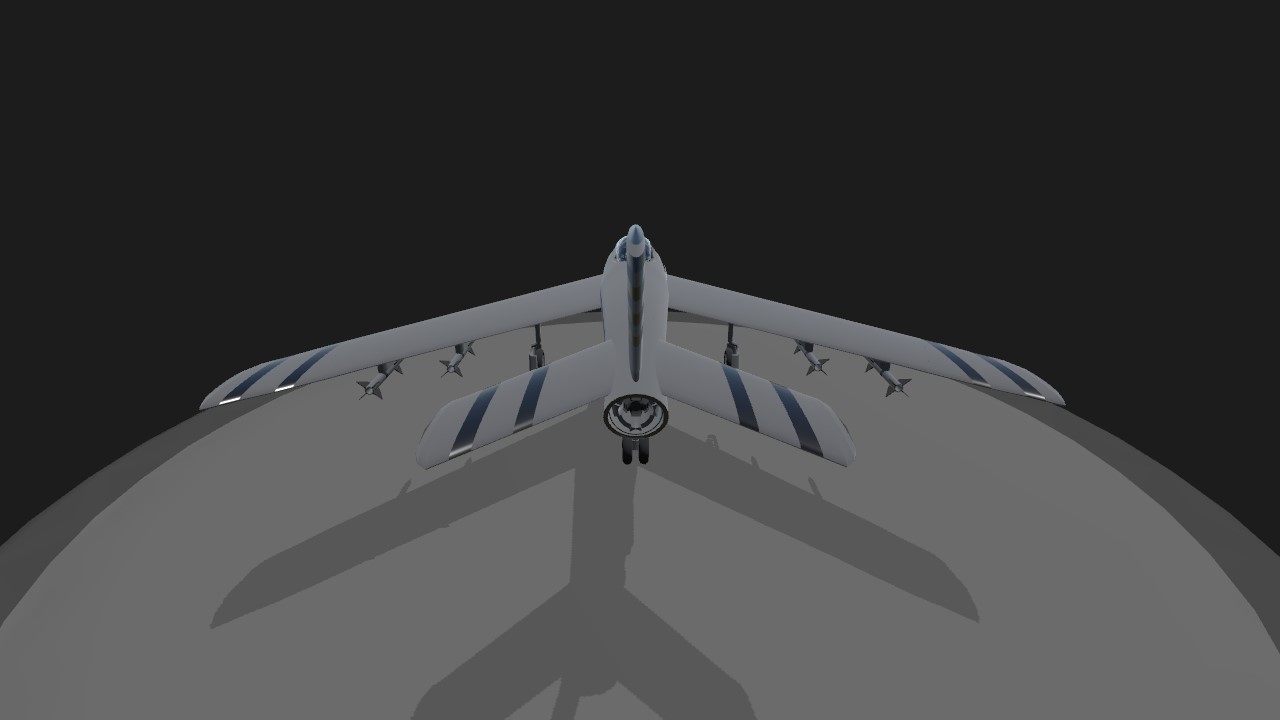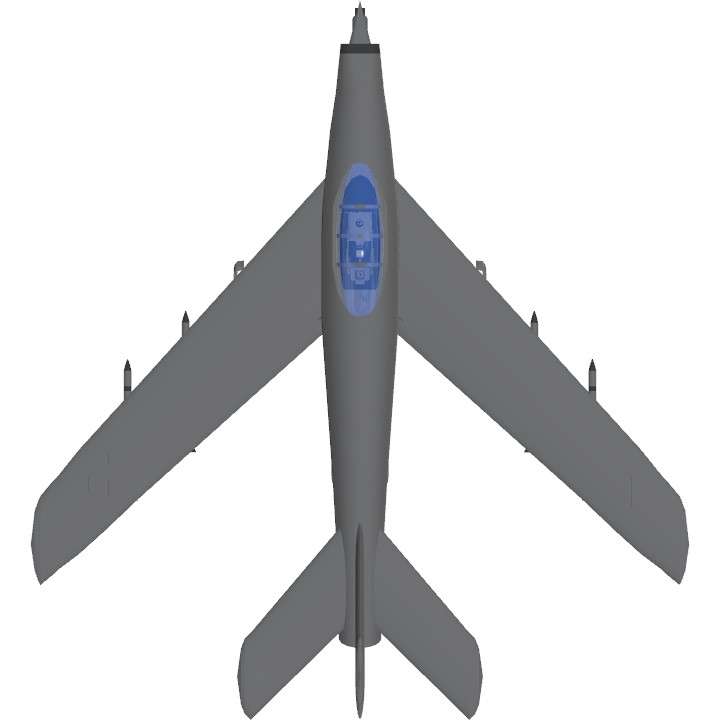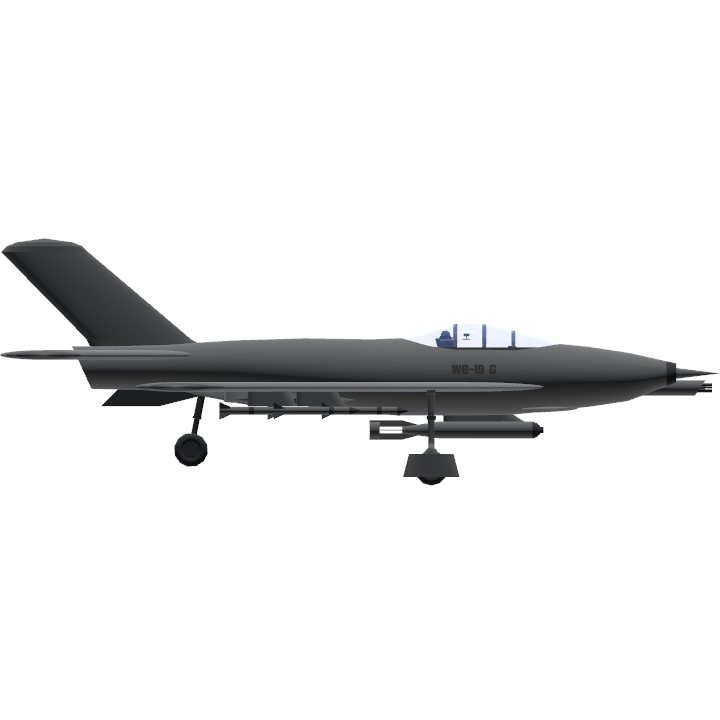Lore
Top Secret Aviation Projects USSR
Fictional
The original WB-19 (Sabre) started in 1954 and was an attempt to replicate certain features of the Super Sabre, and fuse it with the famous Mig-17's abilites. The project was top secret and did well in the early stages. However, this replication process faced issues. The new revolutionary soviet rotary cannon, the Gs-9, often failed when jammed leading to catastrophic accidents. It featured a new afterburner called Sputnik-AF Mk.1. With the afterburner it could achieve high speeds, but it couldn't match the maneuverability of the Super Sabre due to wing design issues. It carried a new kind of missile, the K-6, hinting at advancements in airborne missile technology, even though it had early problems. However the plane was promising so they started the production of a few prototypes. Later in 1957 they added an ejection seat into the plane making it the WB-19E. It was one of the few planes at the time to feature this kind of technology. The WB-19 also featured a new kind of HUD technology which was top secret soviet development.
The successor, WB-19G, developed between 1958 and 1978 and first flew in 1979, aimed to improve upon these copied design elements. It featured an improved cannon, the GS-9W non-rotary multibarelled cannon, which was water cooled, and was revolutionary at the time, but still faced some technical flaws. Adjustments were made to the wing placement to enhance maneuverability. The aircraft carried the powerful R-33 missile, capable of long-range engagements and continued use into the 2000s. The WB-19G also boasted better maneuverability, close to the super sabre's maneuverability. An upgraded engine were put in the aircraft, and weight reductions were implemented. The WB-19G also had an addational hardpoint to bring a 100kg bomb with it alongside the 4 R-33s. The modernised model also recieved improvements to the chassis, and a new paint job making it harder to detect with radars.
However, the project faced an abrupt end in 1982 following the death of Leonid Ilyich Brezhnev. New leadership discontinued the program due to high maintenance costs, despite the modern technological advancements and reducements in costs in the years before. The WB-19G's ambition to emulate the successes of the Super Sabre in Soviet aviation history faded into darkness.
Specifications
General Characteristics
- Predecessor Wb-19E (Sabre)
- Created On Windows
- Wingspan 27.9ft (8.5m)
- Length 30.5ft (9.3m)
- Height 10.3ft (3.1m)
- Empty Weight 5,750lbs (2,608kg)
- Loaded Weight 6,216lbs (2,819kg)
Performance
- Power/Weight Ratio 1.791
- Wing Loading 62.1lbs/ft2 (303.3kg/m2)
- Wing Area 100.1ft2 (9.3m2)
- Drag Points 2202
Parts
- Number of Parts 250
- Control Surfaces 4
- Performance Cost 1,175






